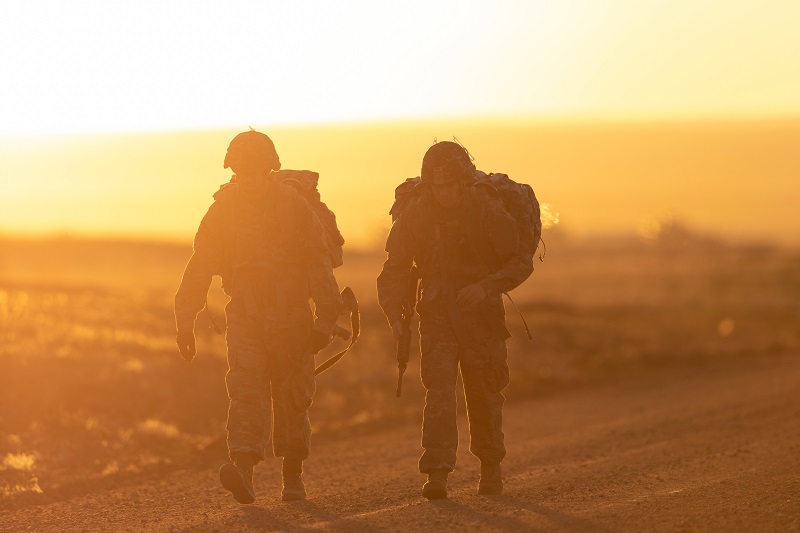On March 16, the U.S. Army released the Command, Control, Computers, Communications, Cyber, Intelligence, Surveillance and Reconnaissance (C5ISR) / Electronic Warfare (EW) Center Modular Open Suite of Standards (CMOSS) Mounted Form Factor (CMFF) Reference Architecture (RA) draft for Industry comment, and Market Research Questionnaire. Responses are due by 5:00 p.m. Eastern on April 18.
The Army has defined a suite of open architecture industry and Army standards to enable the reduction of Command, Control, Communications, Computers, Cyber, Intelligence, Surveillance, and Reconnaissance (C5ISR) system size, weight and power – cooling (SWaP-C) and ensure commonality across multiple platforms by enabling the sharing of hardware and software components. In January 2021 the Army Approved an Abbreviated – Capability Development Document (A-CDD) for C5ISR/Electronic Warfare (C5ISR/EW) Modular Open Suite of Standards (CMOSS) Mounted Form Factor (CMFF) to establish an Army position that enables employing these standards in prototypes for operational assessment.
The CMFF A-CDD establishes requirements for a prototype that minimizes the need for platform specific integration, and enables the fielding of subsequent capabilities (i.e., OpenVPX Cards) without the need of any additional cabling or mounts, or the upgrade of the CMFF Chassis. The CMFF capability can only be realized when paired with the development of associated OpenVPX Card Capabilities for integration into the chassis, and peripheral enabling devices such as antennae and appropriate user interfaces.
Army Capability Manager Tactical Radios (ACM TR) coordinated directly with representatives from Program Executive Office Command, Control, Communications – Tactical (PEO C3T) and PEO Intelligence, Electronic Warfare and Sensors (IEW&S) for development of the Annexes for the A-CDD. Annexes included with the A-CDD provide the initial performance parameters for development of OpenVPX Card Capabilities and peripheral enabling devices. CMFF prototypes are envisioned to support tactical radio communications, electronic warfare (EW), positioning navigation and timing (PNT), mission command, data storage, local computing infrastructure, and sensor capabilities for all mounted platforms. CMFF will need to be simple and intuitive to install, operate, and maintain by Soldiers, and be resilient, reliable, and available to operate in all operational environments against any enemy.
CMFF will help move the implementation of C5ISR capabilities away from costly and complex “stovepiped” separate boxes on individual platforms. The use of true open standards will make it simpler and more cost-effective to upgrade capabilities or keep pace with commercial technology by eliminating complex integration challenges, lack of competition, and proprietary interfaces.
The CMFF Reference Architecture is guided and derived from the technical requirements found in CMOSS, Sensor Open System Architecture (SOSATM), Vehicular Integration for C4ISR/EW Interoperability (VICTORY), Modular Open RF Architecture (MORA), the Standardized A-Kit Vehicle Envelope (SAVE), and the Mounted Mission Command (MMC) Environmental Specifications documents.
The intent of this document is to provide Industry with design constraints and guidance to continue refining and developing products to provide a suitable, survivable, and certifiable CMFF product to be used by the Army. This document collates input from the National Security Agency (NSA) on minimum design considerations needed to produce a Type 1 certifiable product, as well as Program Executive Office Ground Combat Systems (PEO GCS), and PEO Aviation on the operationally relevant environments that CMFF will need to survive during its installed lifespan.
The Army is looking at a potential total procurement quantity of 5200 for the CMFF Block 1 capabilities, with potential growth for Block 2 and Block 3 yet to be determined.
Review the full U.S. Army CMOSS RFI.
Source: SAM
IC News brings you business opportunities like this one each week. If you find value in our work, please consider supporting IC News with a subscription.








